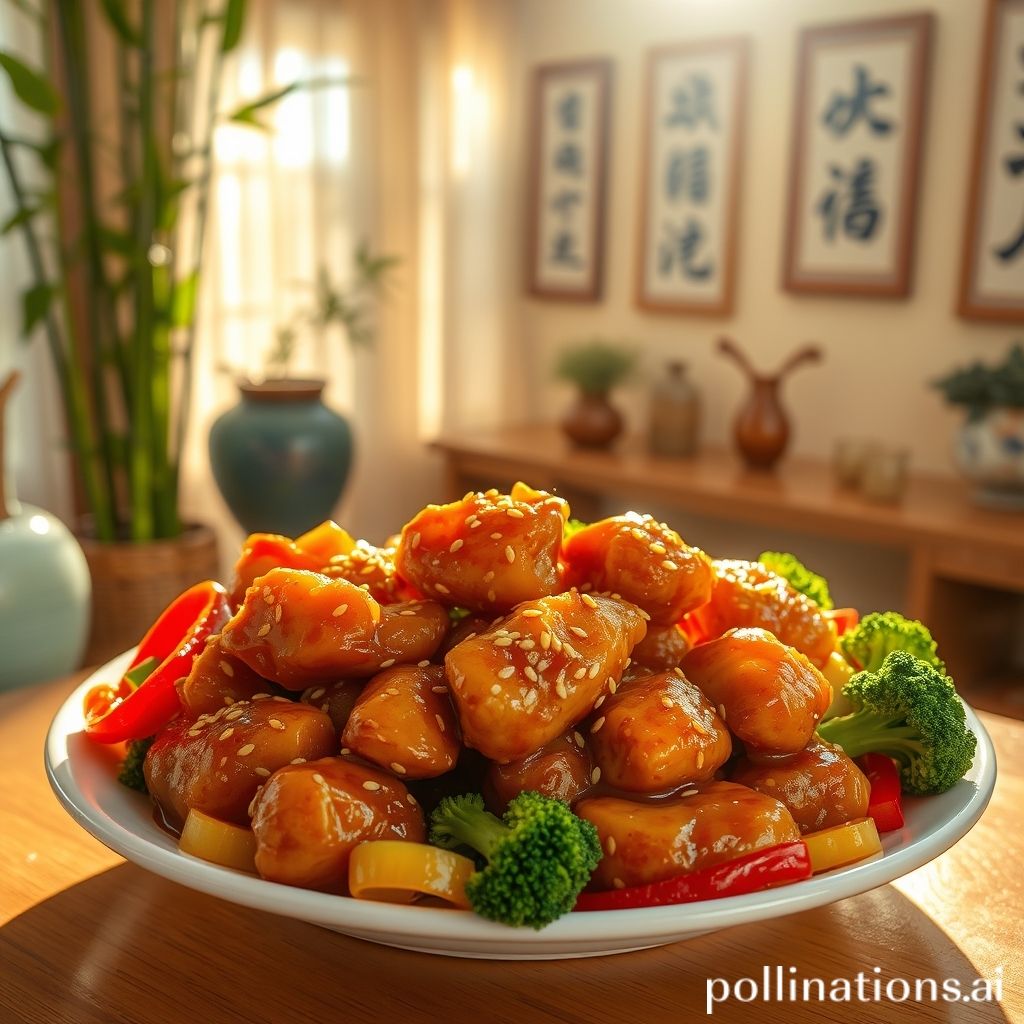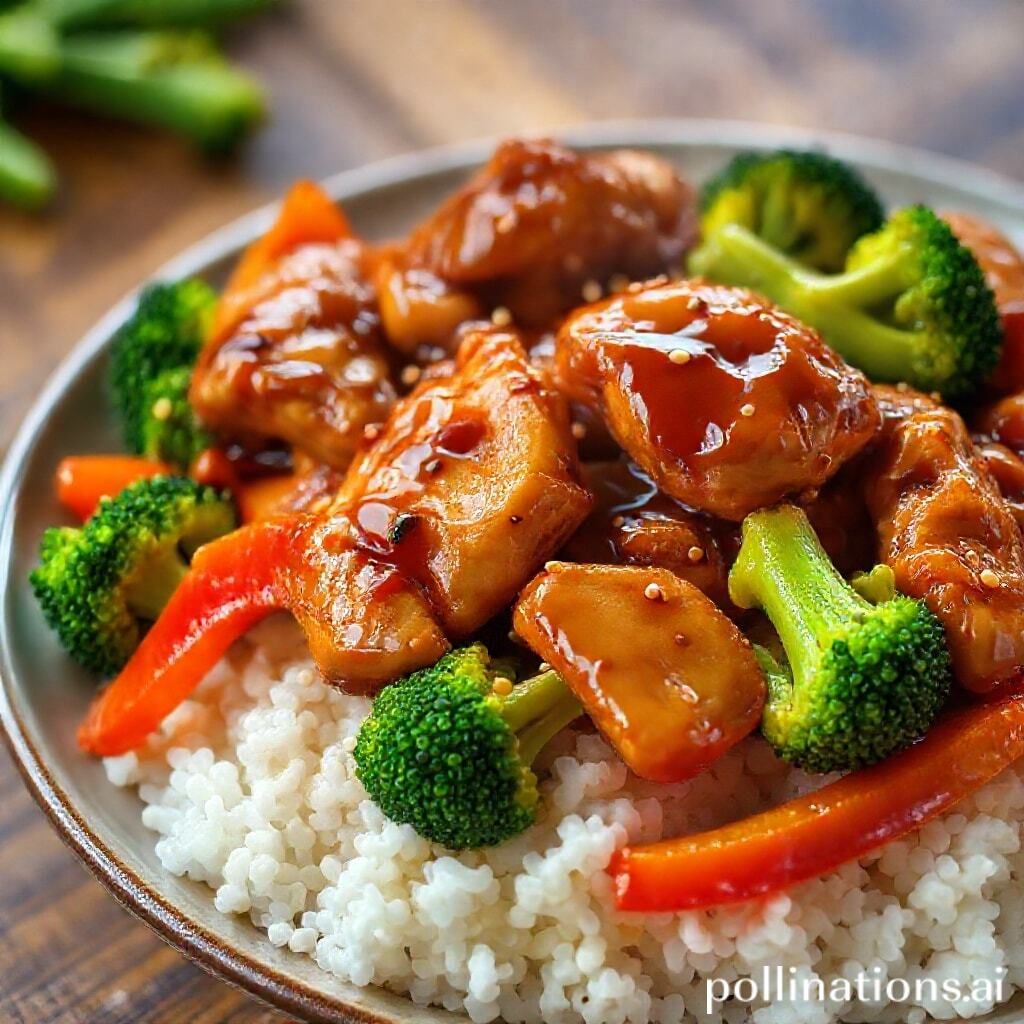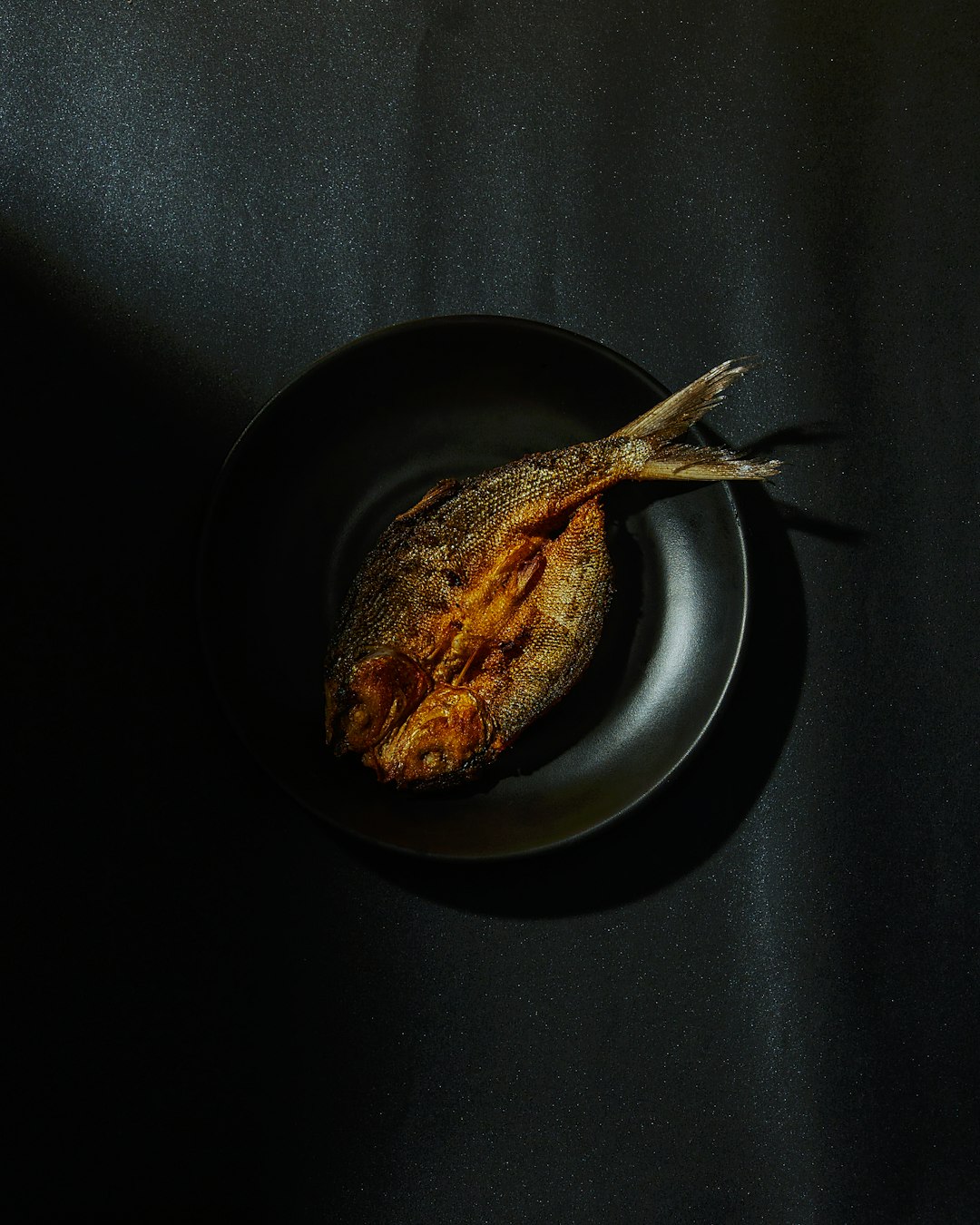Table of Contents
- Introduction
- Ingredients and their role in flavoring Smoky Chipotle Lime Grilled Chicken
- Marinade preparation using chipotle peppers and lime
- Grilling techniques to enhance the smoky flavor
- Pairing suggestions with side dishes and beverages
- Nutritional benefits and considerations for health-conscious consumers
- Conclusion
- Frequently Asked Questions
Introduction
Imagine the sizzle of the grill, the wafting aroma of smoky chipotle mingling with zesty lime, and the anticipation of serving the perfect grilled chicken at your next backyard BBQ. This tantalizing combination not only elevates your BBQ game to new heights but also turns your gathering into an unforgettable feast. To embark on this culinary adventure, gather these flavorful ingredients:
- 4 boneless, skinless chicken breasts
- 2 tablespoons chipotle chili powder
- Zest and juice of 2 limes
- 3 tablespoons olive oil
- 2 garlic cloves, minced
- 1 teaspoon ground cumin
- Salt and pepper to taste
Through this recipe, we’ll guide you on a journey to mastering the art of grilling chicken that’s perfectly infused with the smoky heat of chipotle and the refreshing zing of lime. Whether you are a seasoned griller or a curious novice, these tips and tricks will ensure your chicken is cooked to perfection every time.
Ingredients and their role in flavoring Smoky Chipotle Lime Grilled Chicken
In crafting Smoky Chipotle Lime Grilled Chicken, every ingredient plays a significant role in building its distinctive flavor profile. The star of the dish, chipotle peppers, infuses the chicken with a rich, smoky heat thanks to their dried and smoked jalapeño origins. These peppers bring depth and a slight earthiness that makes the dish stand out.
Lime juice is the perfect complement, offering a zesty brightness that balances the heat from the chipotles. Its acidity tenderizes the chicken, ensuring every bite is juicy and flavorful.
Fresh garlic adds a pungent kick that intensifies the overall savory profile while ground cumin introduces a warm, earthy undertone that harmonizes with the smokiness of the chipotle.
A touch of olive oil helps to coat the chicken, ensuring that the marinade adheres well and delivers consistent flavor throughout the grilling process. Finally, a sprinkle of salt and pepper enhances all these delicious notes, rounding out the flavor experience of this delightful dish.
Marinade preparation using chipotle peppers and lime
Creating a flavorful marinade for your Smoky Chipotle Lime Grilled Chicken begins with a blend of vibrant ingredients that pack a punch. Start by gathering your essential components: chipotle peppers in adobo sauce, fresh lime juice, olive oil, garlic, and a touch of honey or maple syrup to balance the heat. Chipotle peppers are smoked jalapeños that provide a rich, smoky flavor complemented by a mild heat, making them an ideal base for the marinade.
Begin the preparation by finely chopping the chipotle peppers and combining them with freshly squeezed lime juice in a bowl. The acidity of lime juice adds a zesty, tangy note that perfectly offsets the smokiness of the peppers. Add olive oil to the mixture as it helps to emulsify the marinade and infuse moisture into the chicken during grilling. Next, incorporate minced garlic for its aromatic depth and a drizzle of honey or maple syrup for a subtle sweetness that balances the overall flavor profile.
Whisk all the ingredients together until well combined. If desired, season the marinade with salt and freshly ground black pepper. Pour the marinade over your chicken pieces, ensuring they are well-coated, and let them marinate for at least two hours or overnight for maximum flavor absorption.
Grilling techniques to enhance the smoky flavor
To enhance the smoky flavor of chipotle lime grilled chicken, it is essential to employ certain grilling techniques that maximize taste and aroma. Firstly, using a charcoal grill instead of a gas grill is recommended. Charcoal impart a natural smoky flavor that elevates the chicken’s taste profile. Ensure to pile the coals on one side to create a two-zone fire for both direct and indirect grilling.
Secondly, incorporate the use of soaked wood chips such as hickory or mesquite. Soaking the wood chips in water for about 30 minutes before adding them to the coals not only helps in producing more smoke but also ensures a steady and slow burn that penetrates the meat with full-bodied flavor.
Additionally, maintaining the right temperature is key. Aim for a grill temperature of around 225-250°F (110-121°C) to perfect the slow-cooking process. This allows the chicken to absorb smoky goodness while remaining juicy.
Lastly, don’t forget to keep the grill lid closed as much as possible. This traps the smoke and heat inside, allowing the chicken to cook evenly and infuse with rich, smoky flavors. With these techniques, your chipotle lime chicken will delight taste buds with each succulent bite.
Pairing suggestions with side dishes and beverages
Smoky Chipotle Lime Grilled Chicken is a dish bursting with vibrant flavors, making it essential to choose side dishes and beverages that complement its spicy and zesty profile. To start, consider serving it alongside a refreshing corn salad. The sweet kernels and zesty lime dressing in the salad can heighten the flavors of the grilled chicken. Another excellent side is cilantro lime rice, which balances the spiciness of the chipotle with its mild and tangy taste.
For those desiring something more substantial, black beans are a fantastic option. Not only are they rich in protein, but they also add a creamy texture and complement the chicken’s smoky elements.
When it comes to beverages, a chilled glass of margarita can enhance the lime flavors while offering a refreshing contrast to the smoky spices. Alternatively, a mild lager or pilsner beer can serve as a great palate cleanser, ensuring the profile of the chicken remains the star of the meal. For a non-alcoholic option, consider a limeade with a hint of mint or a cooling iced tea, each offering a refreshing break from the bold flavors on the plate.
Nutritional benefits and considerations for health-conscious consumers
Smoky Chipotle Lime Grilled Chicken is not just a burst of flavor; it also offers several nutritional benefits, making it an appealing option for health-conscious consumers. Chicken is a lean source of protein, which is essential for muscle repair and growth. It provides vital amino acids and is lower in fat compared to other meat options, particularly when the skin is removed. This makes grilled chicken an ideal choice for those looking to maintain a healthy weight or increase their protein intake.
The use of chipotle and lime in this dish adds not only flavor but also additional health benefits. Chipotle peppers contain capsaicin, known for its metabolism-boosting and anti-inflammatory properties. Meanwhile, lime is a great source of vitamin C, which supports immune function and enhances iron absorption. The acidic nature of lime also helps tenderize the chicken, ensuring a juicy and flavorful outcome without the need for extra fats.
However, it is important for individuals watching their sodium intake to be mindful of the seasoning and marinade components, as they can contribute to higher salt content. Opting for low-sodium alternatives or adjusting the seasoning levels can help maintain a balanced diet without compromising on taste.
Conclusion
Mastering the art of Smoky Chipotle Lime Grilled Chicken doesn’t just elevate your grilling game; it opens up a world of culinary possibilities that delight the senses. With its perfect blend of smoky, spicy, and tangy flavors, this dish promises to be the star of any BBQ gathering. By leveraging essential ingredients and following thoughtful techniques, anyone can achieve restaurant-quality results right at home. From the vibrant marinade to the expert grilling methods, every step enhances the chicken’s rich and irresistible taste. Paired with the right sides and beverages, it offers a complete and satisfying meal that impresses family and friends alike.
For those eager to expand their culinary repertoire beyond this delicious recipe, don’t miss the opportunity to explore an entire world of chicken recipes that await discovery. Dive into ‘The Chicken Bible: Say Goodbye to Boring Chicken with 500 Recipes for Easy Dinners, Braises, Wings, Stir-Fries, and So Much More.’ Unleash your creativity and never suffer through a dull chicken dish again! Grab your copy here and start cooking with confidence and flair today!



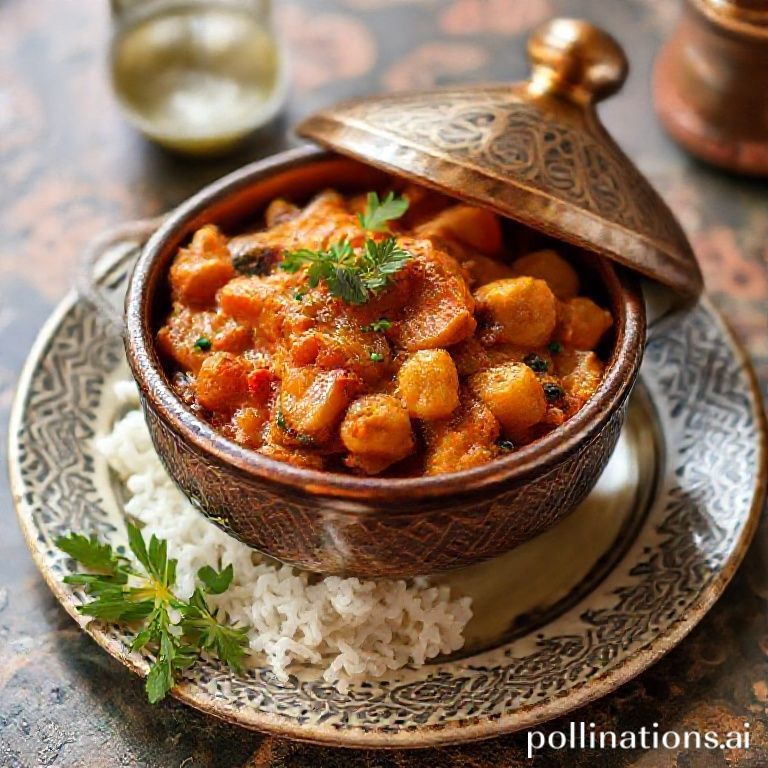




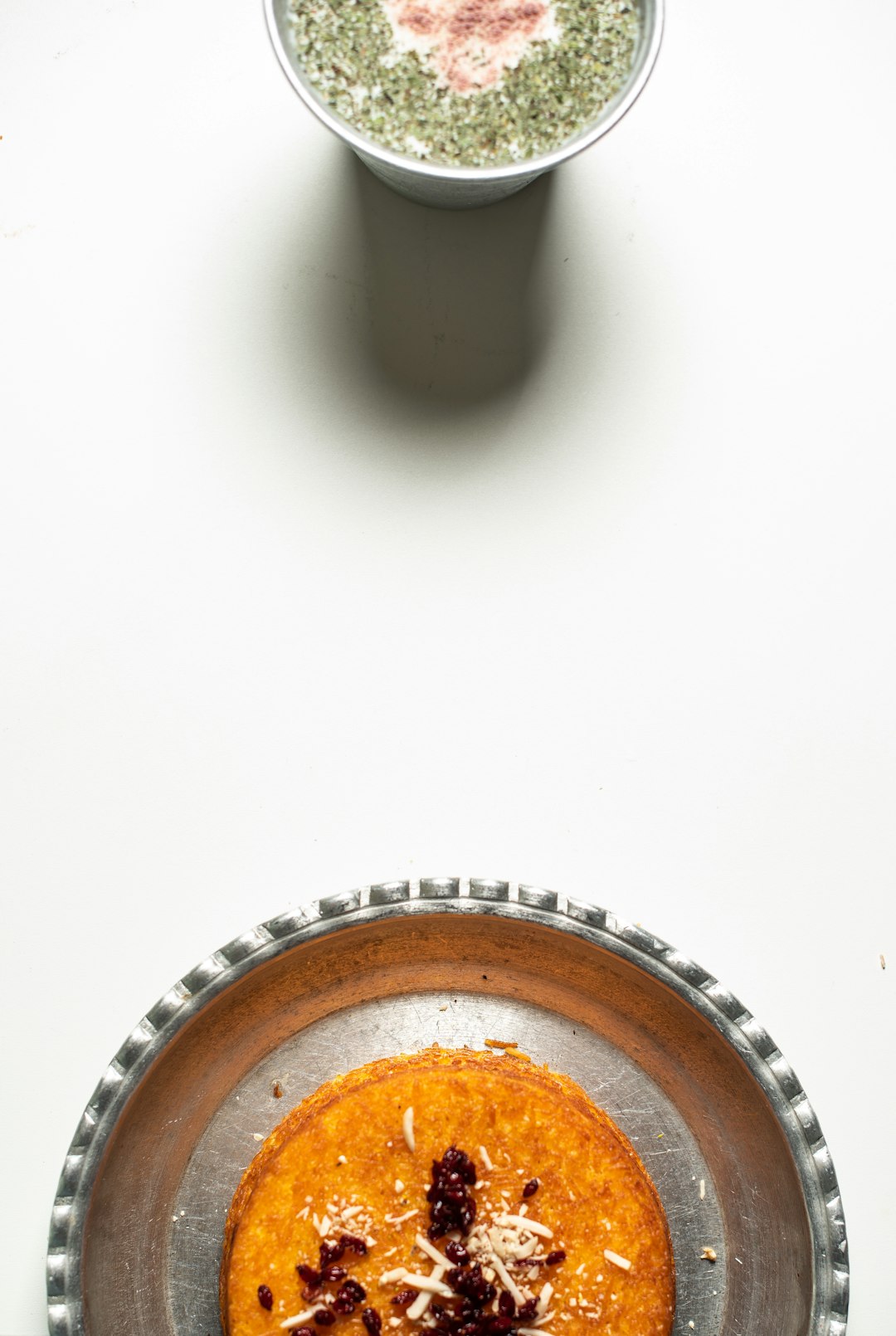
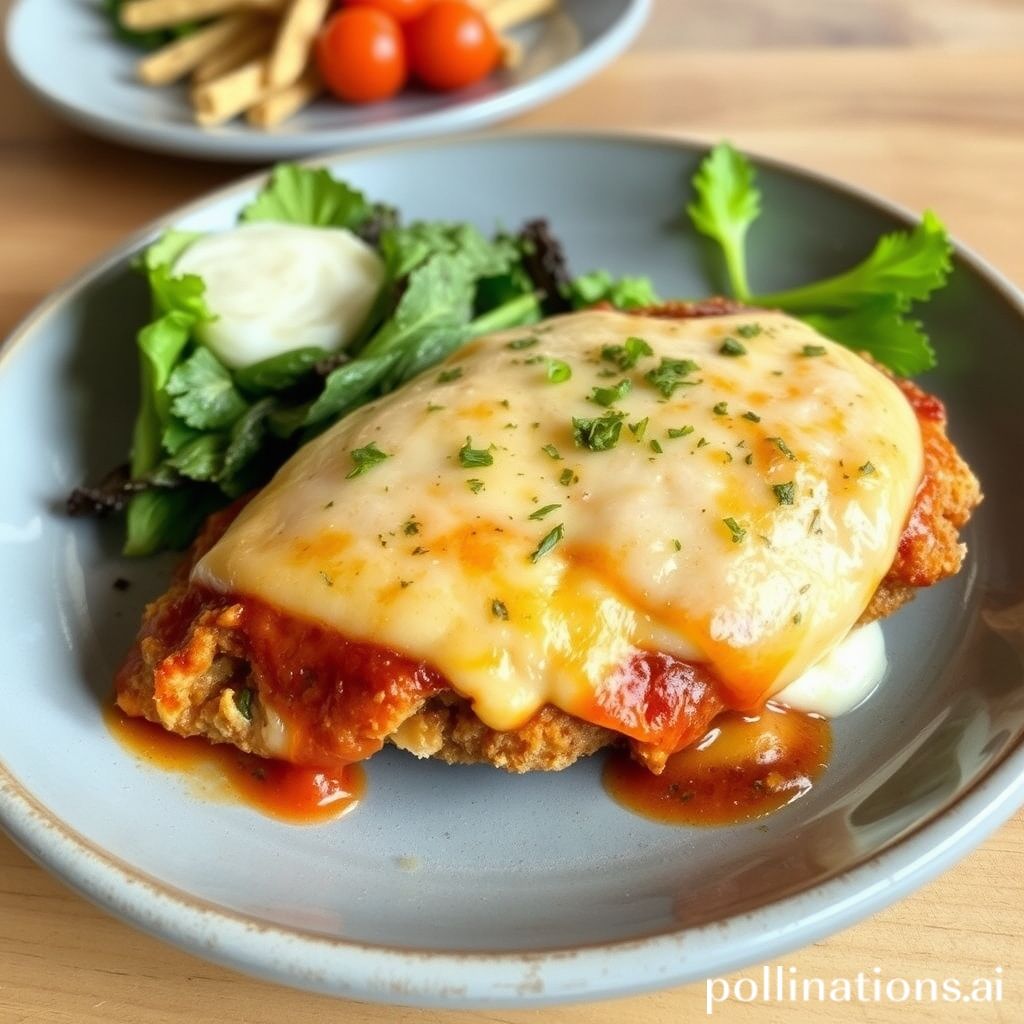 Embark on a culinary adventure that promises to tantalize your taste buds and elevate your cooking repertoire with the beloved classic: Chicken Parmesan. This dish, with its harmonious blend of crispy, tender chicken, lush tomato sauce, and gooey cheese, is a testament to the magic of Italian-American cuisine. But what sets an ordinary Chicken Parmesan apart from an extraordinary one? In this flavorful exploration, we delve into the secrets that chefs and home cooks alike swear by, revealing the precise techniques and ingredients that make a truly unforgettable dish.
Embark on a culinary adventure that promises to tantalize your taste buds and elevate your cooking repertoire with the beloved classic: Chicken Parmesan. This dish, with its harmonious blend of crispy, tender chicken, lush tomato sauce, and gooey cheese, is a testament to the magic of Italian-American cuisine. But what sets an ordinary Chicken Parmesan apart from an extraordinary one? In this flavorful exploration, we delve into the secrets that chefs and home cooks alike swear by, revealing the precise techniques and ingredients that make a truly unforgettable dish.
